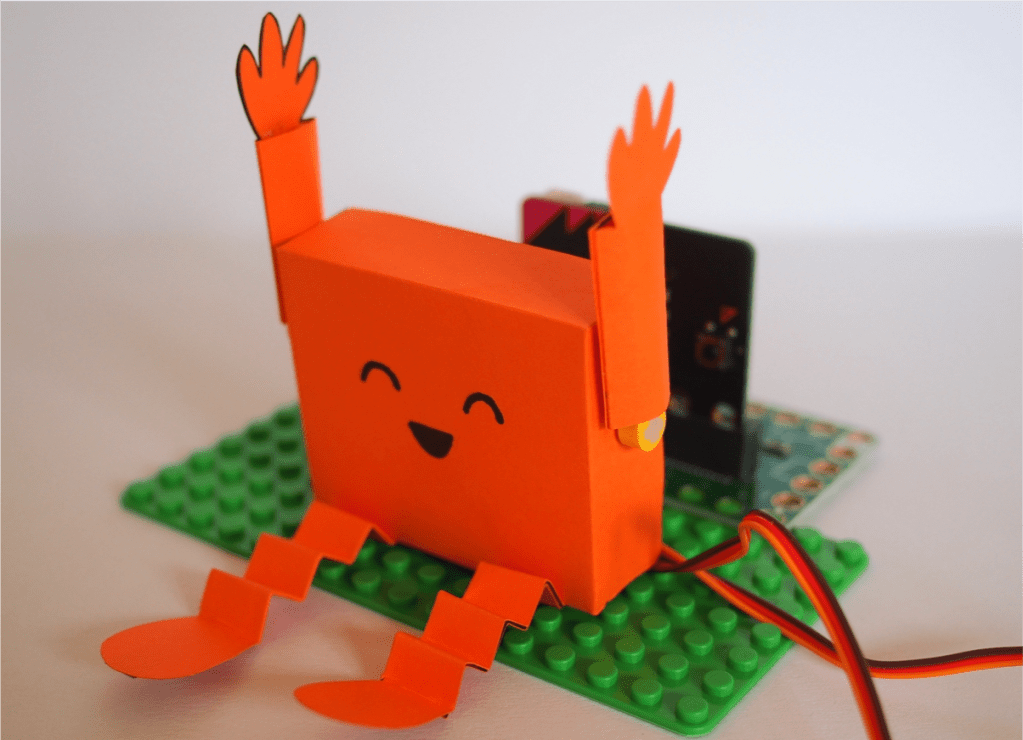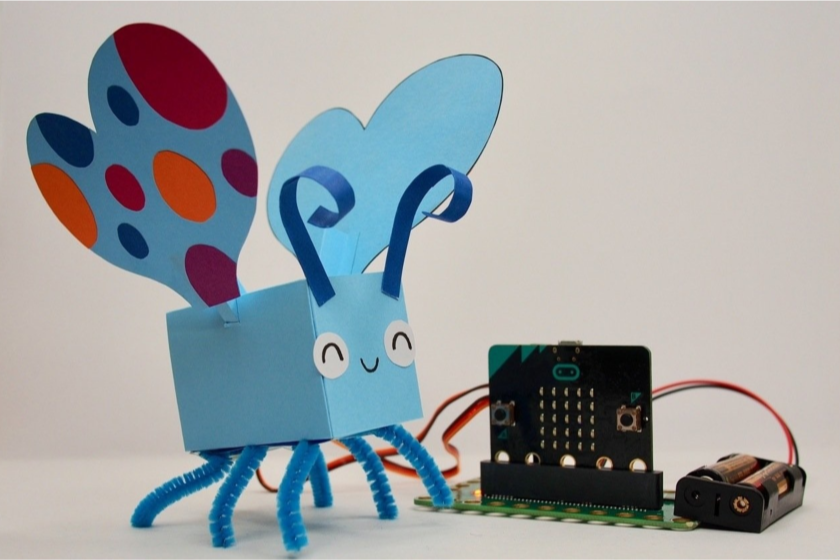
What will you discover in this interview?
Topics covered in this interview:
- Jasmine’s background
- What Jasmine enjoys the most about each of her roles
- Favourite equipment and technology
- Qualifications and becoming an engineer
- Biggest challenges of the job
- Most favourite projects
- The importance of learning STEM subjects
- How to encourange parents and children to explore STEM subjects
At OKdo, we love to encourage people of all ages to try out new and exciting projects. We caught up with a mechanical design engineer, children’s author-illustrator, and maker, Jasmine Florentine. With her mission to combine art, storytelling, and technology to design creative learning experiences that engage kids in the world of STEM, she is a self-confessed nerd. Away from her day-to-day work, Jasmine – who is originally from California – loves travelling and hiking, as well as musicals, books, comic books, and cartoons.
In this blog, we’ll discover together what a mechanical design engineer does, how to become a professional in the industry and how to encourage parents and children to explore STEM subjects.
So, let’s get to know what a typical day in the life of a mechanical design engineer is, through the eyes of Jasmine Florentine!
Hi Jasmine, thanks for taking the time to speak with us. First things first, tell us a little bit about your background.
My background is in mechanical engineering with a focus on product design. I’m also a self-taught illustrator.
What do you do in your day-to-day job as a mechanical design engineer?
Since my job is a little different now that I’m freelance, I’ll go back a few months to when I was working full time as an engineer!
The fun thing about my job as an engineer was that there was no real single day-to-day because every day looked different. Some days I was brainstorming with other engineers, others I’d be making CAD models (3D models) on the computer, building a prototype in the machine shop, or testing something to make sure it works.
For one of my jobs, I also went to robotic competitions to make sure everything ran smoothly, helped manage the event and acted as technical support if any mechanical element broke. For another job, I also got to do onsite testing of a product to see how it actually worked in real life.
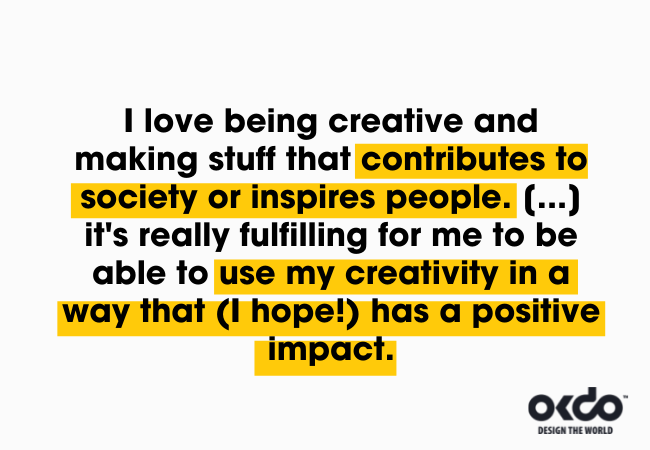
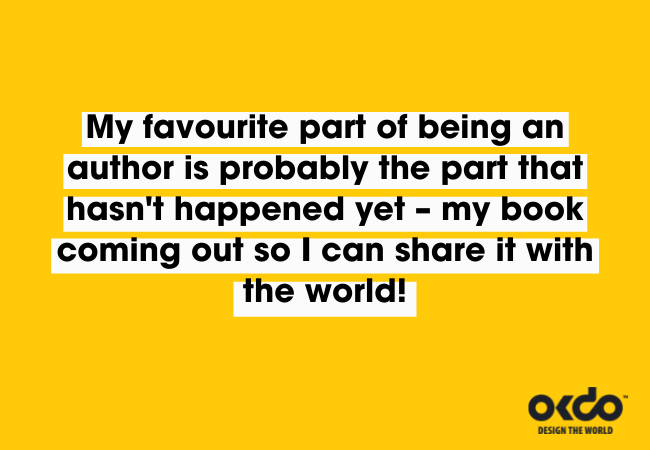
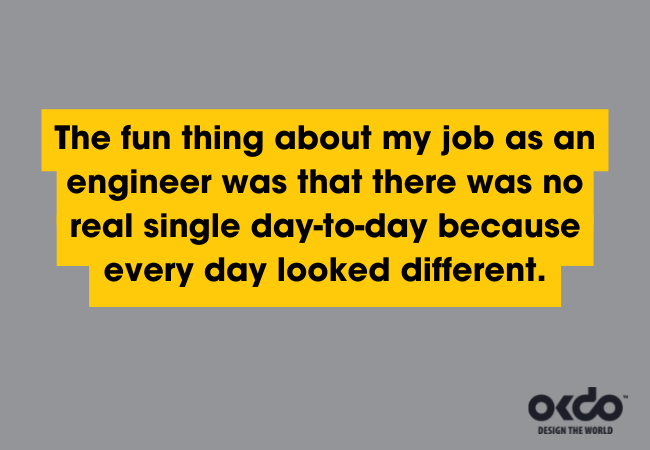
As an engineer, author and illustrator you must keep busy. What’s your favourite part of each role?
My favourite part of engineering is in the early stages of the design process when I get to come up with all kinds of wild ideas and build prototypes to test them out. There’s lots of research, and trying, failing, and trying again, and no clear solution. It’s challenging but I love that.
For illustration, my favourite part is mixing my art into my engineering, whether it’s sketching my ideas to brainstorm them, or combining art and technology to make something that’s somewhere in the middle.
My favourite part of being an author is probably the part that hasn’t happened yet – my book coming out so I can share it with the world!
“My favourite part of engineering is in the early stages of the design process when I get to come up with all kinds of wild ideas and build prototypes to test them out.”
What is a typical day like for you?
Now that I’m doing freelance full time, it really depends because I’m always working on new projects. For instance, a few months ago I spent a couple of weeks focusing on filming a series for the OKdo Academy, which was a combination of writing the script, filming myself, illustrating the animations and building a project!
For more engineering-oriented projects, I’ll be doing a combination of CAD modelling, building, and testing, and for illustration projects, I’m, well, illustrating!
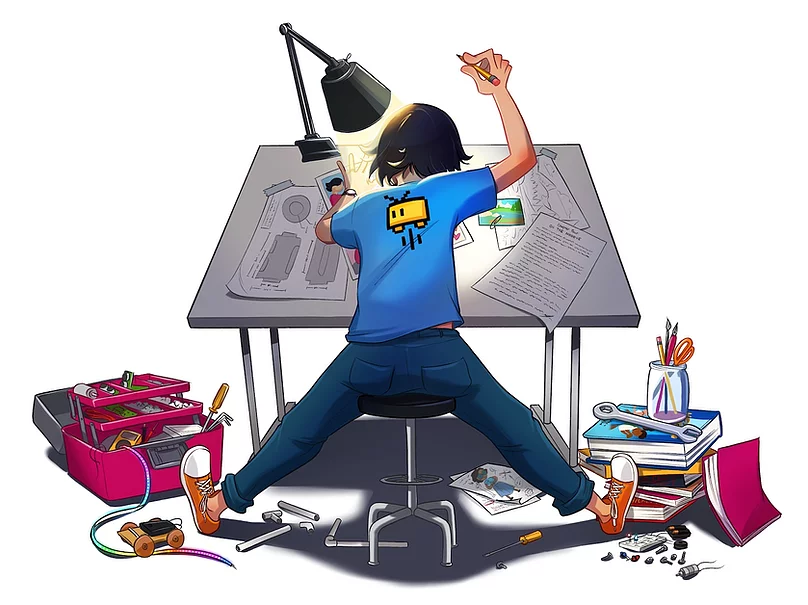
What is your favourite piece of equipment or technology and why?
Lately, it’s the micro:bit! My background is primarily in mechanical engineering, so I don’t have as much experience with electronics or coding. But the micro:bit makes it really easy to dive right in and do a lot of cool things with physical computing and basic robotics, especially since it already has so many sensors packed in.
Before using the micro:bit, I used Arduino-based microcontrollers, which I find a bit more of a struggle (and it was harder to teach younger kids to use it as well), whereas the micro:bit is much more accessible.
How did you get into your job and did you need any qualifications?
I was drawn to mechanical engineering in college because it appealed to my love of making things. I focused on product design in particular because it’s a way to solve challenging problems using creativity.
In terms of qualifications, I have two degrees in mechanical engineering, which definitely helped get me more traditional industry engineering jobs, like interning at Apple or working at a robotics company. Having an engineering degree definitely makes it easier to start a career in that field, but it’s not necessary. I know one person who went to art school and taught himself engineering and robotics from scratch!
“I was drawn to mechanical engineering in college because it appealed to my love of making things.”
What do you enjoy most about what you do?
Hmm… I guess when it all comes down to it, I love being creative and making stuff that contributes to society or inspires people. Whether that’s the engineering part of a robotics competition that will motivate kids to pursue STEM or writing a book, it’s really fulfilling for me to be able to use my creativity in a way that (I hope!) has a positive impact.
What’s the most challenging part of your job?
It’s different for every person, but for me, it’s definitely the detail work. I mentioned earlier that I love the early part of the design process. Once you’ve nailed down the idea, there’s a lot of equally important and necessary work to flesh out all the details, test your designs, document everything, and create dimensioned drawings. I find it a bit of a challenge to stay excited during that part of the process, even though it’s important.
What’s your favourite project to date?
Tough question. I don’t really have a single favourite project, just a lot of projects I’m very proud to have been a part of. If I had to choose, it’s maybe a four-way tie between a scale model of a sci-fi door, an upside-down room, a milk dehydrator and a steampunk robotics game. I was also really lucky with all of those projects because I was always working with teams of amazing, committed people.
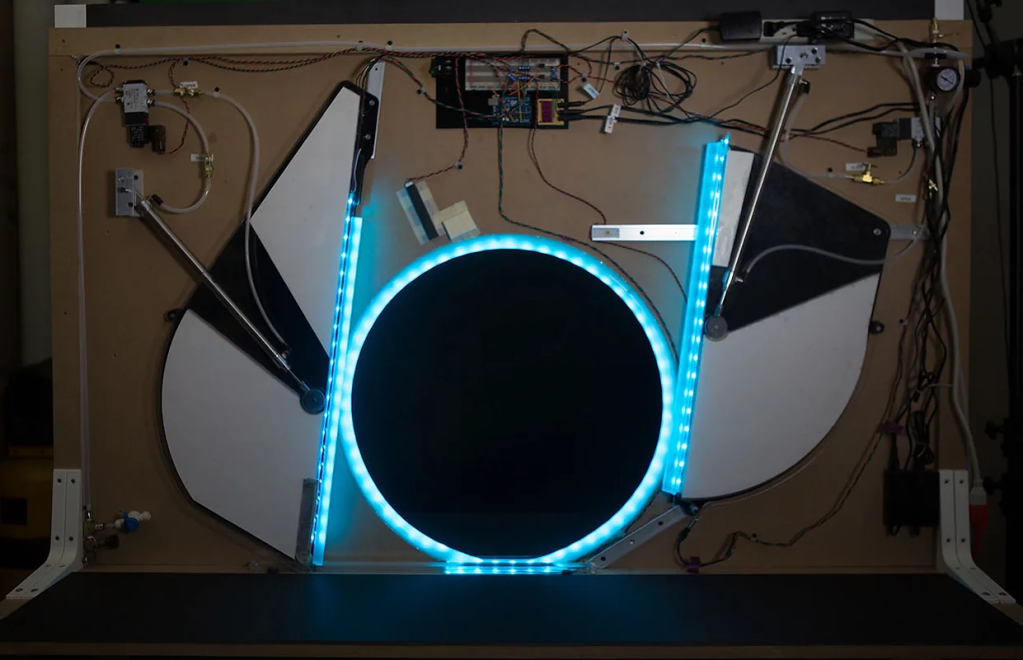
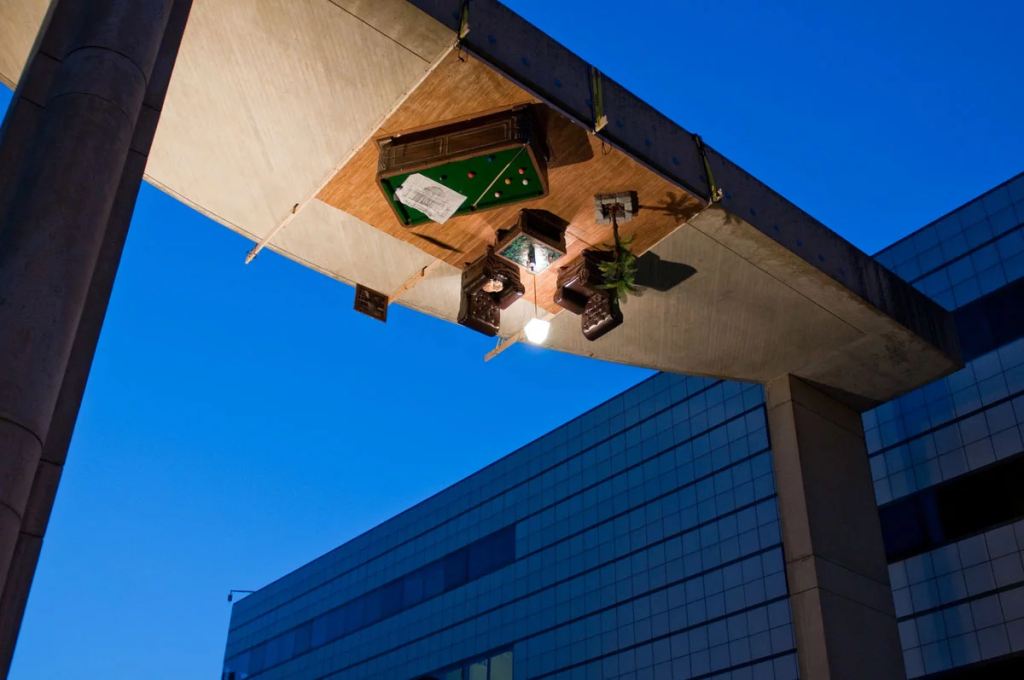
Photo Credit: Eric Schmiedl 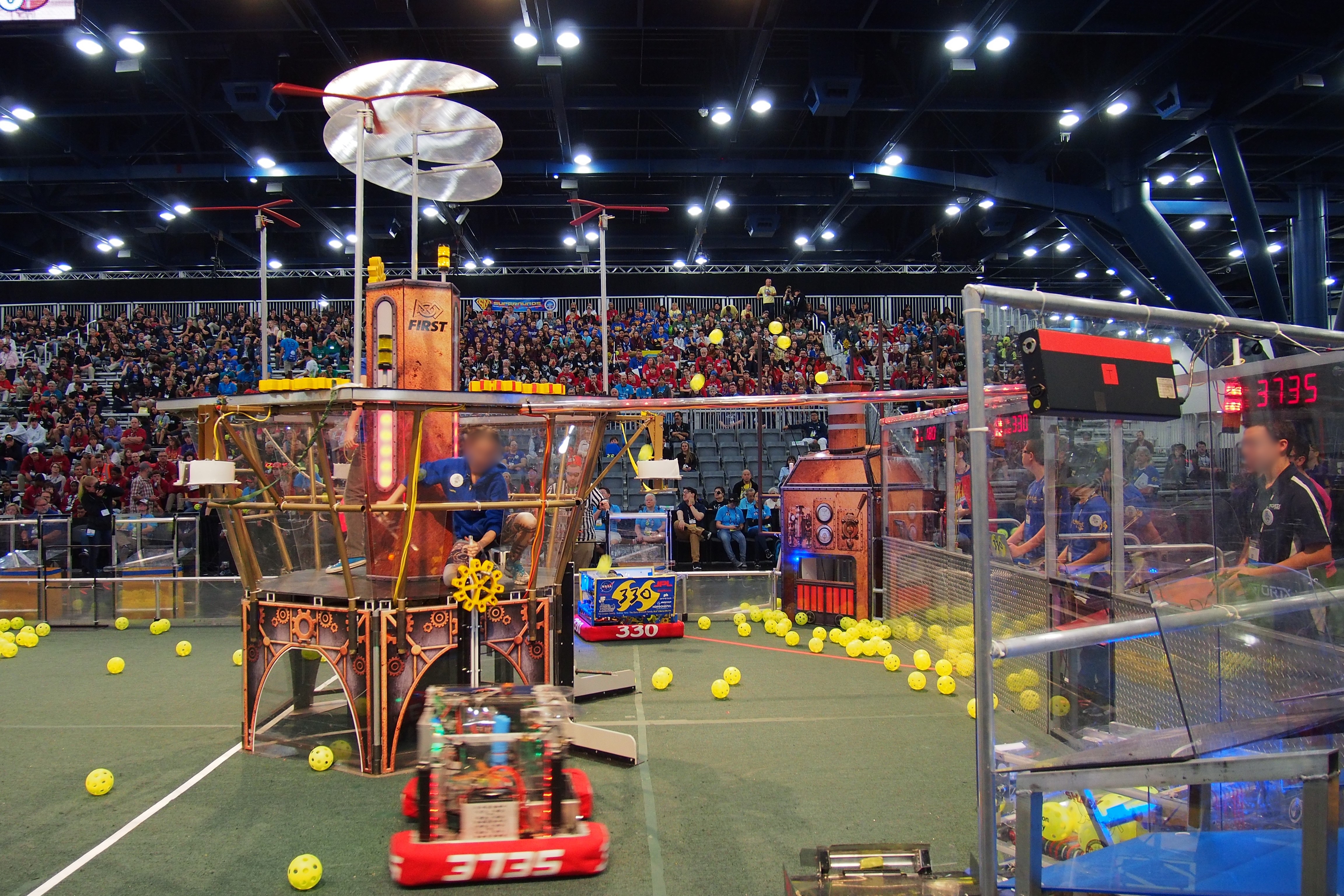
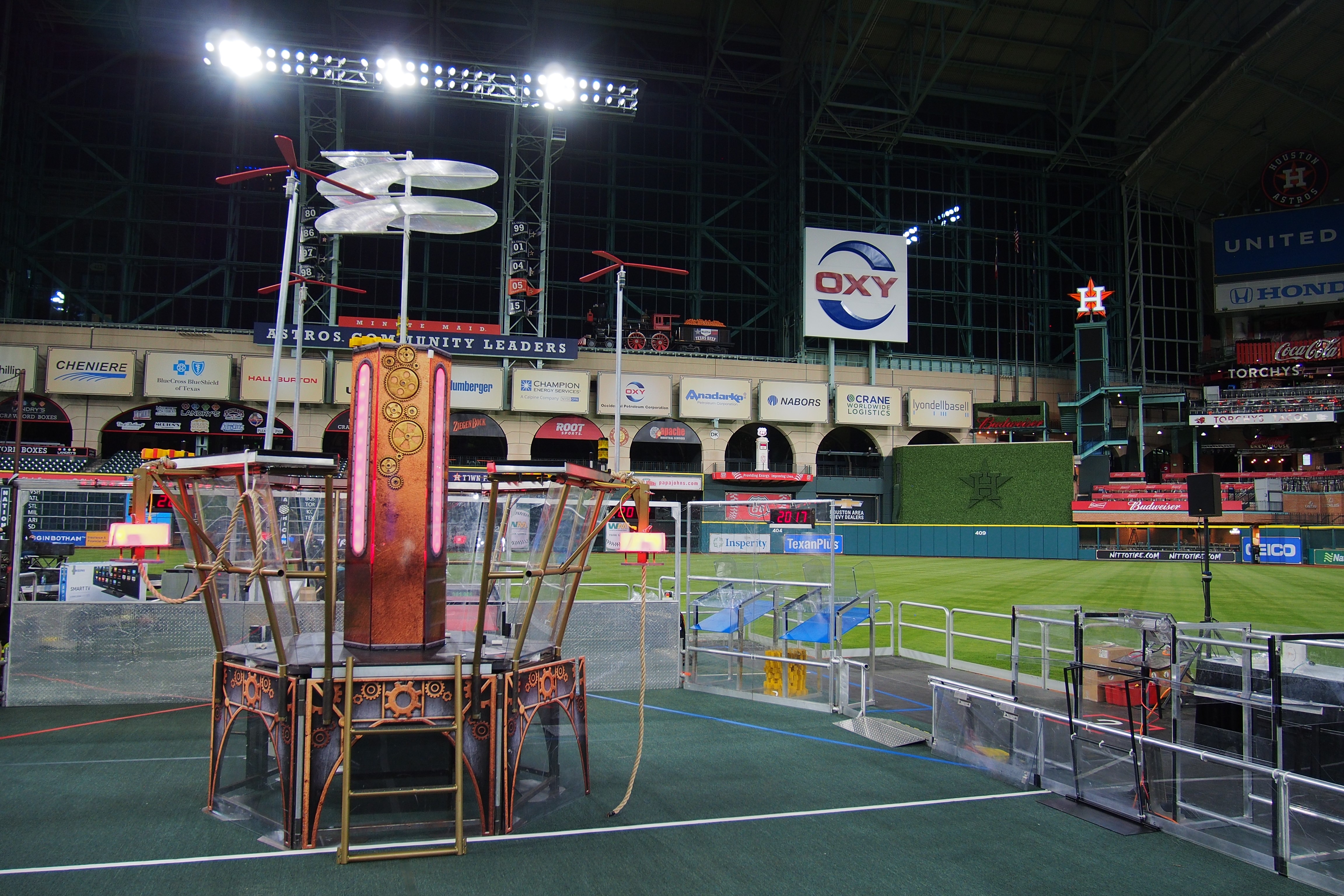
How important do you think it is for children and young people to get into STEM?
I’m not sure everyone needs to get into STEM necessarily. There are so many amazing things to learn and career directions to take, but I do think everyone should at least have the opportunity to give STEM subjects a try.
That’s what I didn’t have until college. While I was exposed to hard sciences and math, I had no idea what engineering was and stumbled into it as a lucky accident. And even once I started studying it, I was surprised by the number of people who didn’t really understand what engineering actually entails because they’d never really had the chance to explore STEM themselves.
“I think the important thing is making STEM fun and accessible so that everyone knows it’s within their reach if they want to pursue it.”
And I’ll add, even if students decide they prefer other subjects, they may find that the STEM way of thinking – the design process, trying, failing, and iterating – will help them grow no matter what they do in the future. So I do think it’s important to be exposed at least to that mentality.
What do you think schools and parents can do to encourage children to explore STEM subjects?
I think exposure is a big part of it, especially with hands-on projects. There’s still this misconception that you have to be a math genius to go into a STEM career, which might be true for some subjects but definitely not all. In fact, I don’t even remember the last time I did math past a high-school level. By actually getting some exposure to what STEM is, I think kids will realise it can be really fun and creative.
Another thing is making sure it’s not all book-learning. A lot of STEM subjects are about being creative, exploring new ideas, and most importantly, trying and failing. That last part is especially important – letting kids know failure is a part of the design process and supporting and encouraging that mentality.
When I worked at FIRST – the New Hampshire-based company that was founded to inspire young people’s interest and participation in science and technology – one thing that I heard quite a few times from coaches was that they had students who struggled with traditional school subjects but blossomed when they joined the robotics team. It was a chance for those students to learn in a different, more hands-on way.
The last thing is encouraging girls in particular. STEM subjects are, for the most part, still male-dominated, which can be discouraging to girls starting out. I’d like to hope that providing that extra encouragement and support will keep girls from dropping out of the STEM pipeline. Luckily, there’s also a lot of incredible women in STEM who are amazing role models, so I believe that the future of STEM will be a lot more gender-balanced!
Thank you for this wonderful interview, Jasmine! We hope to hear more from you soon about your amazing projects!
Learn more about the do your :bit challenge! Let’s start with explaining the challenge. do your :bit is a global micro:bit challenge for 8 – 18-year-olds that tests imagination, creativity and technology skills.
Are you inspired to jump on a new creative project? Visit our Project Hub and find your next exciting project. Don’t forget to share it with us on social media, we want to celebrate your success! #letsokdo
